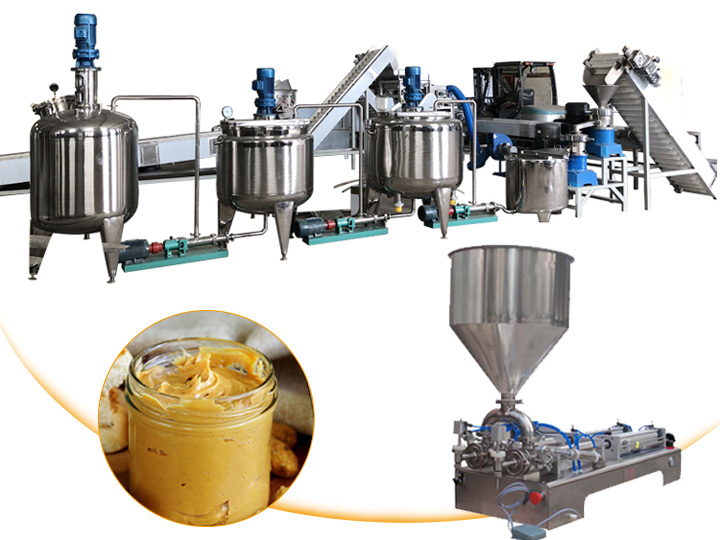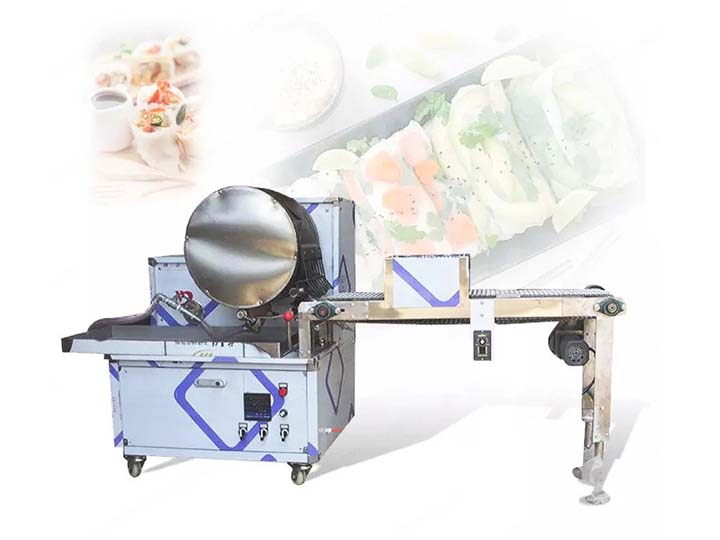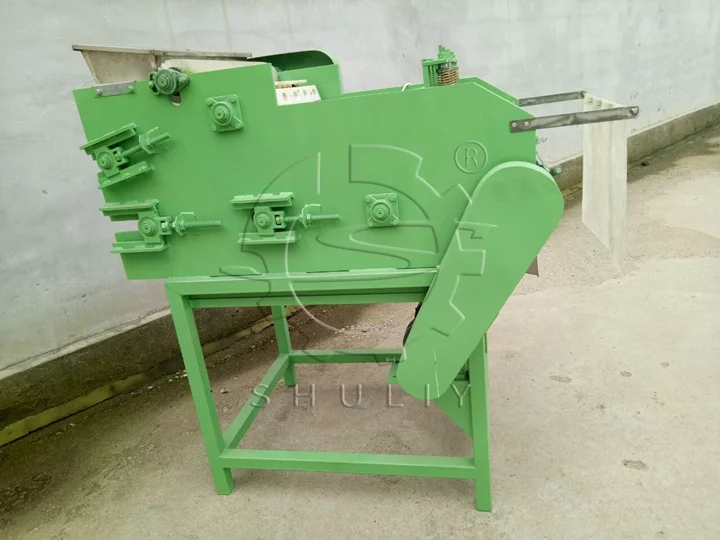땅콩 버터의 생산 과정은 무엇인가요?
땅콩 버터는 전 세계 사람들이 즐기는 사랑받고 다재다능한 스프레드입니다. 빵 조각에 바르거나 과일의 딥으로 사용하거나 다양한 레시피에 포함되는 이 크리미한 즐거움은 그 생산 과정 뒤에 매혹적인 이야기가 있습니다. 농장에서 병까지의 여정을 자세히 살펴보며 땅콩 버터 생산에 관련된 단계를 풀어보겠습니다.

1단계: 수확 및 세척
여행은 땅콩이 잘 자라는 따뜻한 기후에서 시작됩니다. 이 콩류는 일반적으로 밭에서 재배되며 식물이 성숙했을 때 수확됩니다. 농부들은 땅콩 꼬투리가 intact하게 남도록 식물을 조심스럽게 뿌리째 뽑습니다. 수확된 후, 땅콩은 이물질, 돌, 기타 불순물을 제거하기 위해 철저한 세척 과정을 거칩니다.
2단계: 풍미를 위한 로스팅
땅콩버터의 특징인 풍부하고 고소한 맛을 개발하기 위해 세척된 땅콩은 로스팅을 위해 보내집니다. 로스팅 과정은 맛을 향상시킬 뿐만 아니라 향에도 기여합니다. 땅콩은 큰 회전 오븐이나 로스터에 배치되어 뜨거운 공기가 그 주위를 순환합니다. 로스팅의 시간과 온도는 다양할 수 있어 제조업체가 밝은 로스트에서 어두운 로스트까지 다양한 맛 프로필을 만들 수 있습니다.
3단계: 냉각 및 분쇄
로스팅 과정 후, 땅콩은 식도록 허용됩니다. 이 중요한 단계는 추가 조리를 방지하고 다루기 쉽게 만듭니다. 식은 후, 땅콩은 밀이나 블렌더와 같은 분쇄 기계로 옮겨집니다. 그들은 분쇄 과정을 거쳐 부드러운 페이스트 같은 일관성으로 변형됩니다. 혼합을 돕기 위해 식물성 기름과 같은 소량의 기름이 종종 추가됩니다. 분쇄 단계는 원하는 질감을 얻기 위해 여러 번의 통과를 포함할 수 있으며, 벨벳처럼 부드러운 땅콩버터를 보장합니다.
4단계: 선택적 첨가물
이 단계에서 일부 제조업체는 땅콩버터의 맛과 질감을 향상시키기 위해 추가 재료를 추가할 수 있습니다. 일반적인 첨가물로는 소금, 설탕이나 꿀과 같은 감미료, 안정제 및 향료가 있습니다. 이러한 재료는 땅콩버터 페이스트에 조심스럽게 혼합되어 잘 균형 잡히고 맛있는 최종 제품을 보장합니다.
5단계: 포장 및 품질 관리
땅콩버터가 준비되면 포장할 시간입니다. 크리미한 스프레드는 병, 캔 또는 플라스틱 통과 같은 용기에 조심스럽게 옮겨집니다. 이 단계에서 엄격한 위생 기준과 품질 관리 조치를 유지하는 것이 제품의 안전성과 유통 기한을 보장하는 데 중요합니다. 적절한 밀봉과 라벨링은 소비자에게 영양 정보, 제조 세부 사항 및 유통 기한과 같은 필수 정보를 제공합니다.
요약
소박한 땅콩에서 우리의 아침 식탁을 장식하는 맛있는 스프레드에 이르기까지, 땅콩버터의 생산 과정은 여러 주요 단계를 포함합니다. 땅콩의 수확과 세척으로 시작하여 로스팅, 분쇄 및 선택적 첨가물 통합을 거쳐 제조업체는 이 사랑받는 간식을 조심스럽게 만듭니다. 최종 결과는 부드럽고 크리미하며 풍미가 가득한 스프레드로, 전 세계 가정에서 필수품이 되었습니다. 그러니 다음 번에 땅콩버터 한 스푼을 즐길 때, 농장에서 병까지의 여정을 음미하고 이 저항할 수 없는 즐거움을 만드는 데 들어간 장인 정신을 감상하세요.
타이지 기계는 선도적인 땅콩버터 제조 기계 제조업체입니다. 우리는 땅콩버터 제조를 위한 완전 자동 생산 라인을 제공합니다. 모든 기계는 식품 등급의 내구성 있는 재료와 첨단 기술을 채택했습니다. 또한, 모든 기계는 12개월 보증을 제공합니다. 신뢰할 수 있는 땅콩버터 제조 라인을 찾고 계신가요? 유용한 기계 세부정보를 위해 자유롭게 연락해 주세요.


